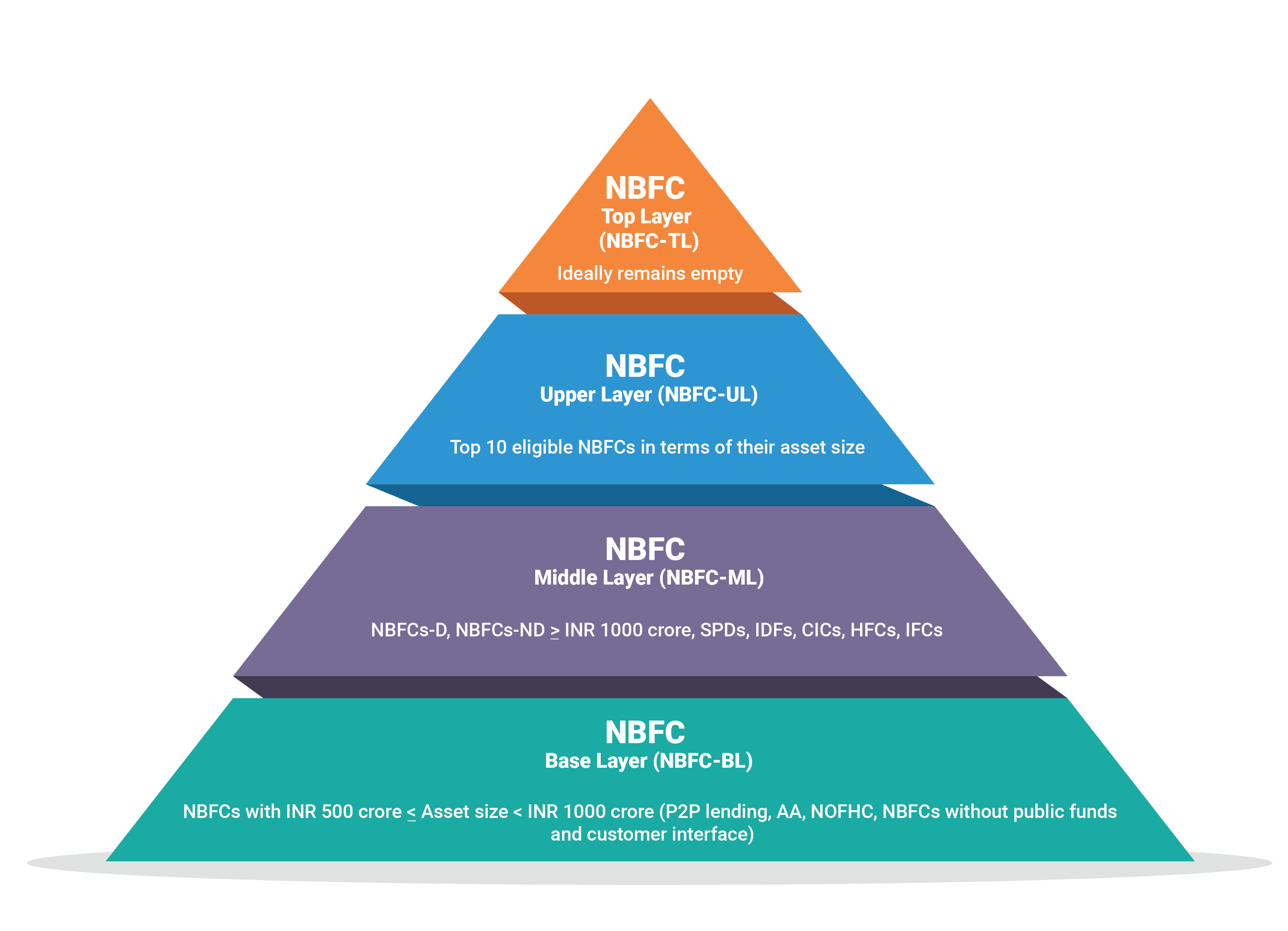“Since the introduction of Scale-Based Regulation (SBR) framework in October 2022, the gross non-performing asset (GNPA) had decreased from 4.4% in December 2021 to 2.4% in December 2023 for government-owned NBFCs and from 10.6% in December 2021 to 6.3% in December 2023 for non-government NBFCs.”
– RBI report ‘Peeling the Layers: A Review of the NBFC Sector in Recent Times’
NBFCs have been playing an increasingly significant role in the financial system over the years by competing and complementing with banks at the same time. Due to this paradigm shift in the financial system, RBI felt the need to adopt a regulatory approach that would somehow address the contagion risk NBFCs pose to other entities due to their interconnectedness in the financial system and to protect the deposits that are placed with NBFCs.
The inception of the framework can be linked to the credit default crisis in 2018 that had a spillover effect on India’s financial system causing liquidity woes. It was introduced with the intent to strengthen asset quality, and capital requirements, and improve risk management at NBFCs.
The SBR framework is conceptualised as a pyramid with four layers — Base Layer (NBFC-BL), Middle Layer (NBFC-ML), Upper Layer (NBFC-UL), Top Layer (NBFC-TL) — based on the classification of NBFCs in terms of size, activity, and perceived riskiness. Regulatory intervention is kept the least at the bottom layer and rises as one moves to the upper layers.

As per a study published in the RBI bulletin, the performance of NBFCs improved since the introduction of the SBR framework as indicated by the profitability metrics of the sector such as return on assets and return on equity. However, the authors in the study noted that NBFCs need to be cautious about the fast-changing landscape of the financial sector and the emerging risks, such as cyber-security and climate risks.
The views provided in this blog are of the author and do not necessarily reflect the views of Vivriti. This article is intended for general information only and does not constitute any legal or other advice or suggestion. This article does not constitute an offer or an invitation to make an offer for any investment.
Copyright © 2023 Vivriti Capital. All Rights Reserved
Under Construction

Ms Namrata Kaul brings on board over 30 years of global banking experience. She has served as the Managing Director, Corporate and Investment Banking at Deutsche Bank AG. Prior to that she was Head of Asia Business for Deutsche Bank based out of London, involved in multi country interface. Ms Kaul has been involved in developing the strategy roadmap for Deutsche Bank India as part of the India Board and was instrumental in defining and executing the Asia Focus strategy for the EMEA business. She was the founder of Deutsche Bank's Diversity initiative in India. Ms Kaul had earlier worked with ANZ Grindlays Bank in various leadership roles across Treasury, Corporate Banking, Debt Capital Market and Corporate Finance in India and the UK.
Ms Kaul serves on the Board of CARE International. She is a Management Postgraduate from IIM Ahmedabad and has completed a Chevening scholarship on Leadership from London School of Economics.